Apple Lisa 2-5
This early Apple computer belongs to a customer who requested me to repair it. When I received it was not functioning at all.
Work done:
- Partial corrosion repair
- Partial capacitor replacement
- Temporary keyboard interface
- Mouse adapter
Planned work:
- Full corrosion repair
- Full capacitor replacement
- Keyboard repair
Exterior inspection:
Externally this Lisa is in great condition:


Internal inspection:
However, when removing the back, the story changes completely. The large amount of corrosion is caused by a NiCad battery installed on the I/O board.

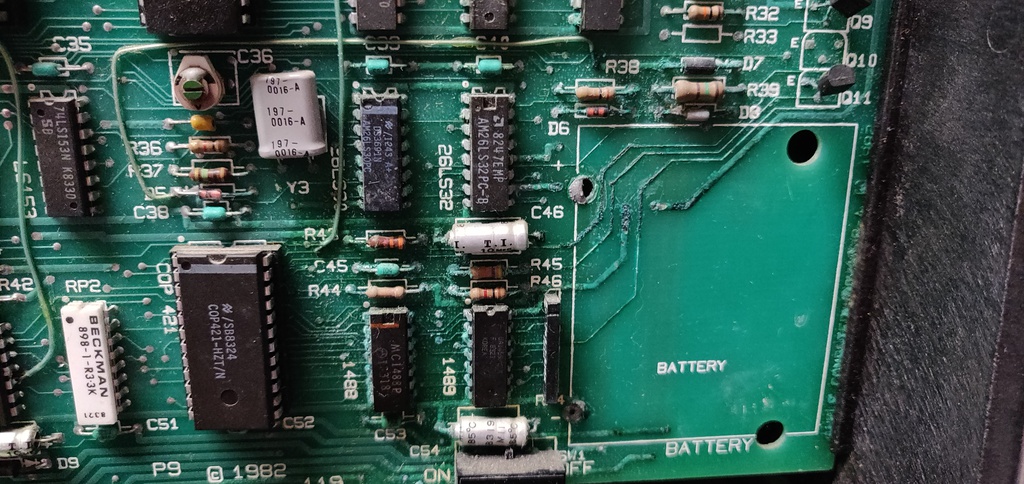
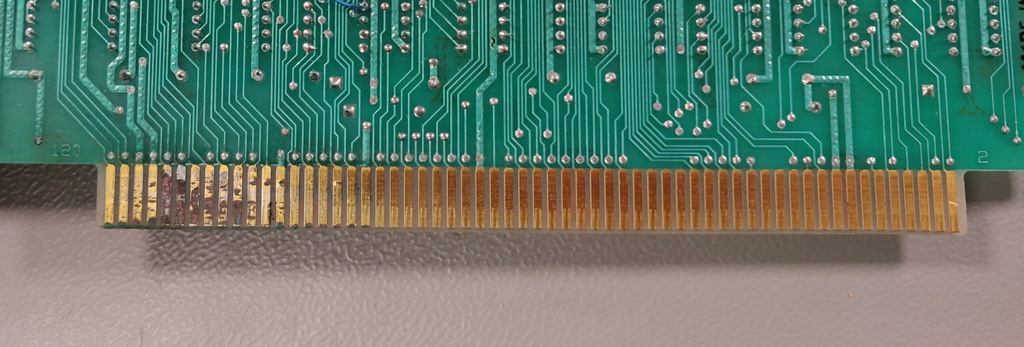
This went all the way down to the mother board and damaged the sockets to the point that the computer wouldn't boot, and a pin broke off while removing the card.
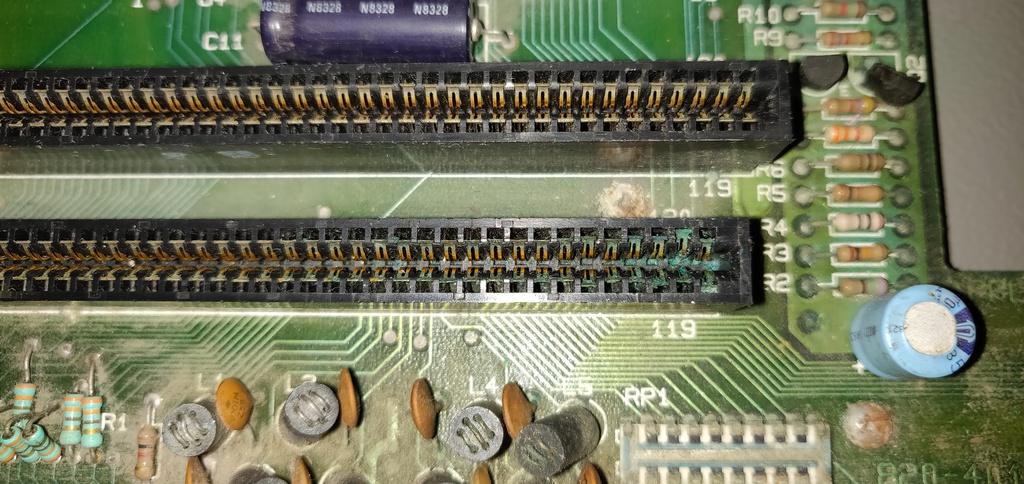
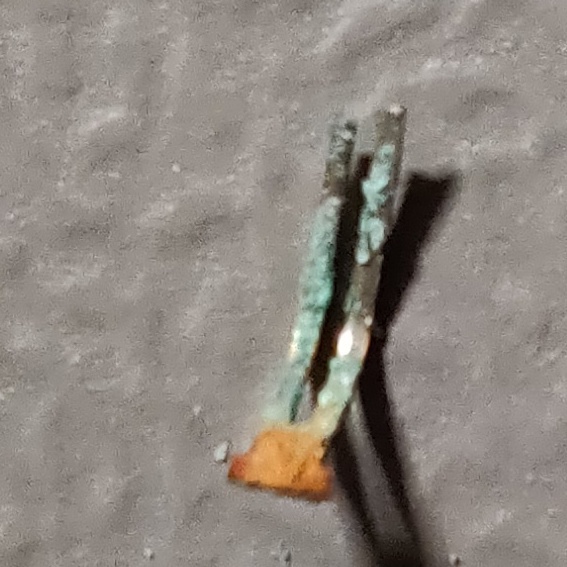
Here is a picture of the floppy drive. The card next to it converts the ''twiggy' interface (used on the original Lisa) to a regular apple 3.5" 400K interface. This converter is only present on Lisa 2/5, which uses the same I/O board as the original Lisa.
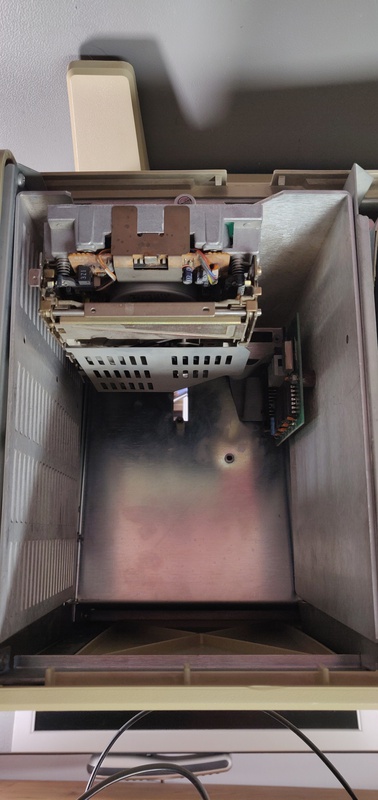
And the full I/O card, pictures of the other cards are coming:
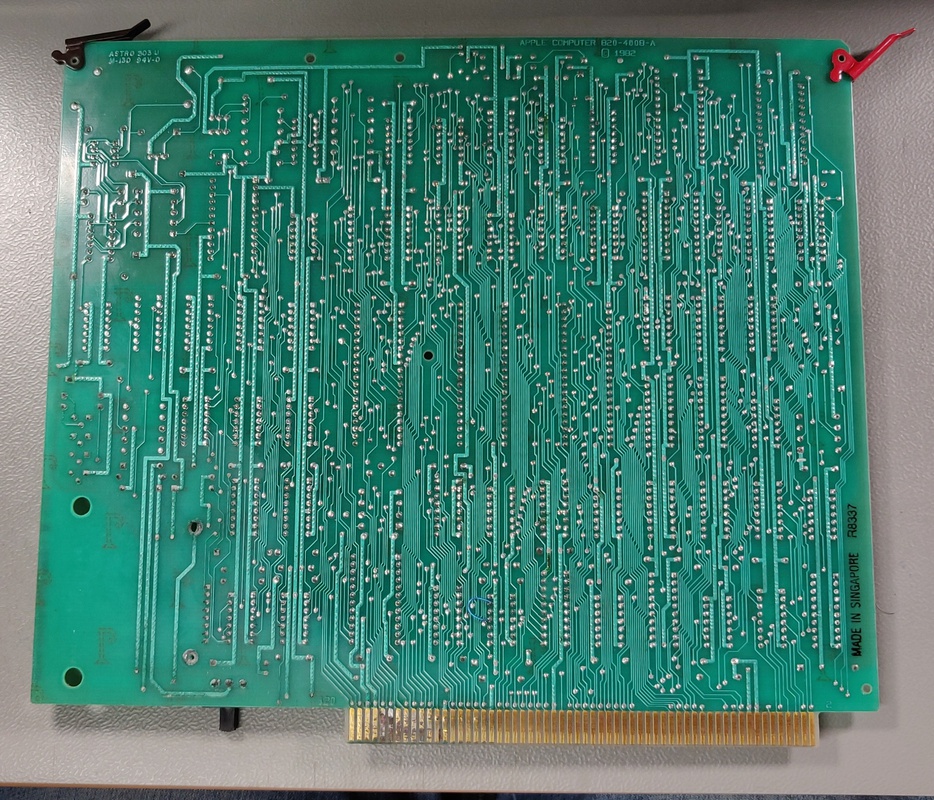
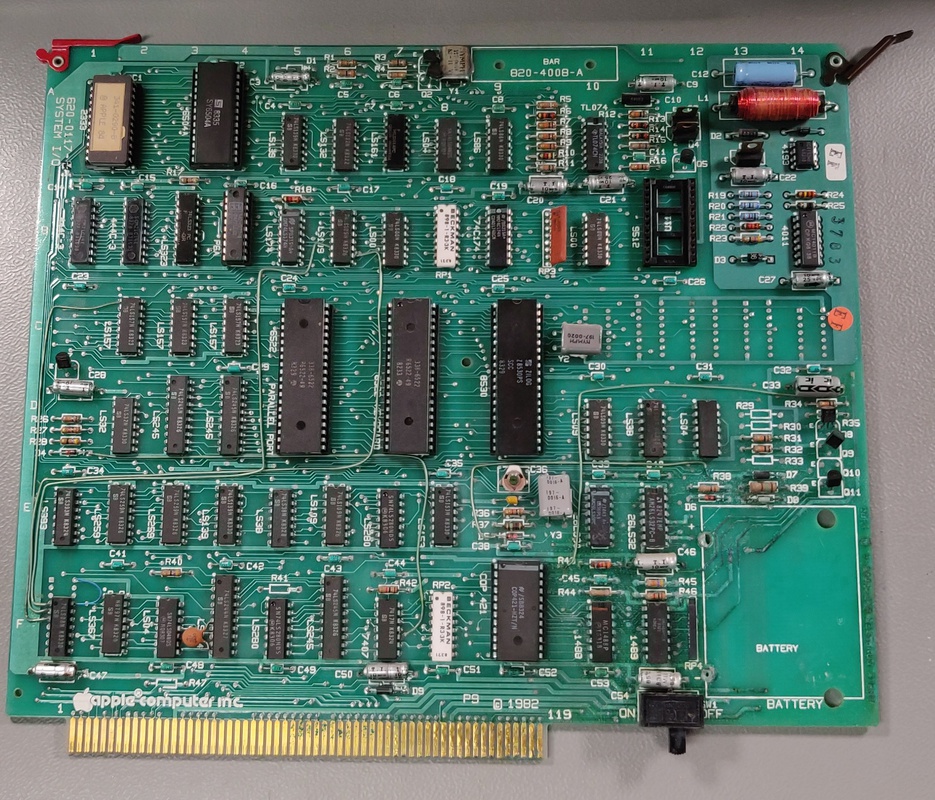
Corrosion repair:
After repairing the corrosion on the I/O board's edge connector and replacing the sockets:
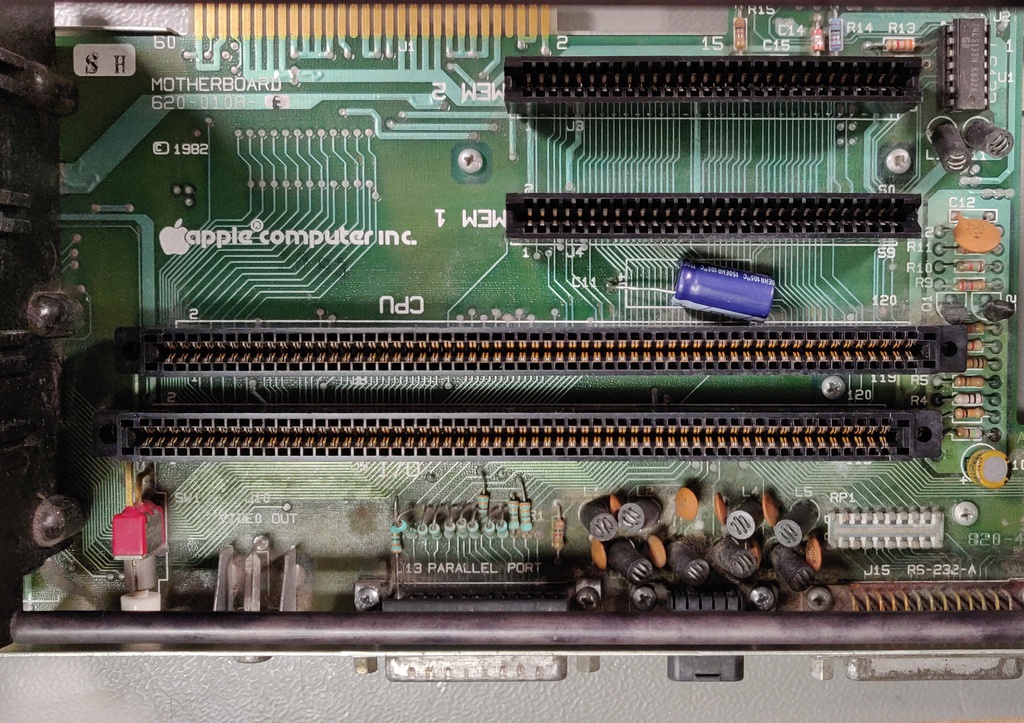
Now the computer boots consistently:
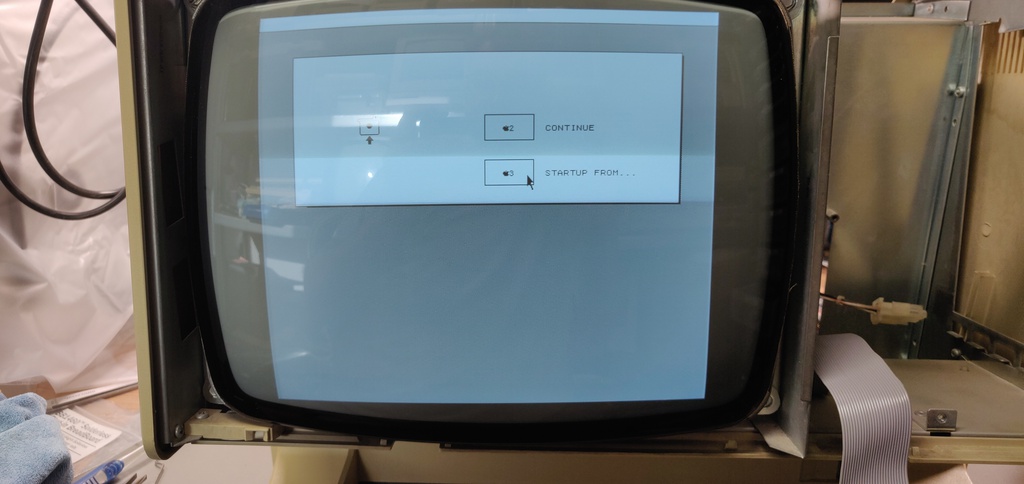
Video card:
Even after it started working, the video was very unstable, which was likely caused by bad / corroded components on the video card (installed just behind the CRT)
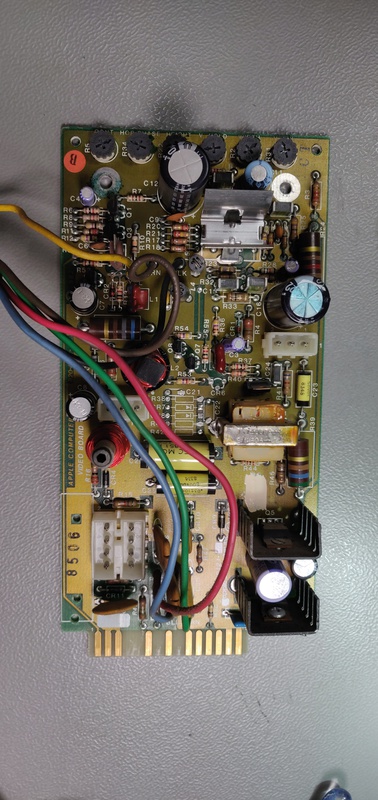
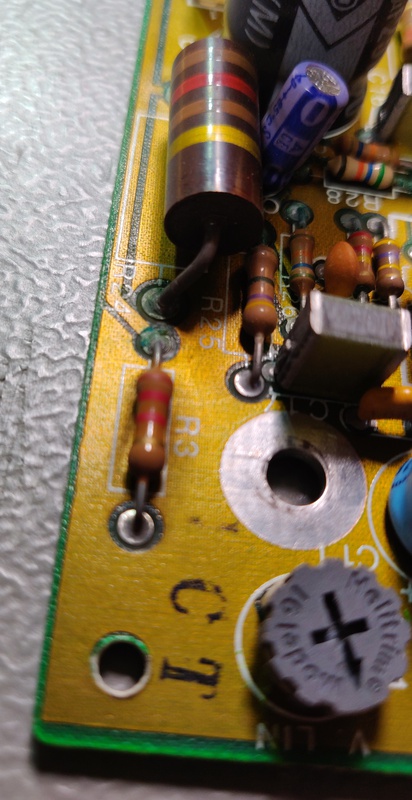
At this point, the video has markedly improved after replacing the leaking electrolytic capacitors and some resistors which tested out of spec, but is still not resolved 100%.
Apple ProFile disk:
The Apple Lisa requires a Profile disk to store Lisa OS, in the case of the 2/5 it's a 5MB drive.
The drive doesn't work and had been opened by a previous owner. Unfortunately this is beyond my ability to repair:
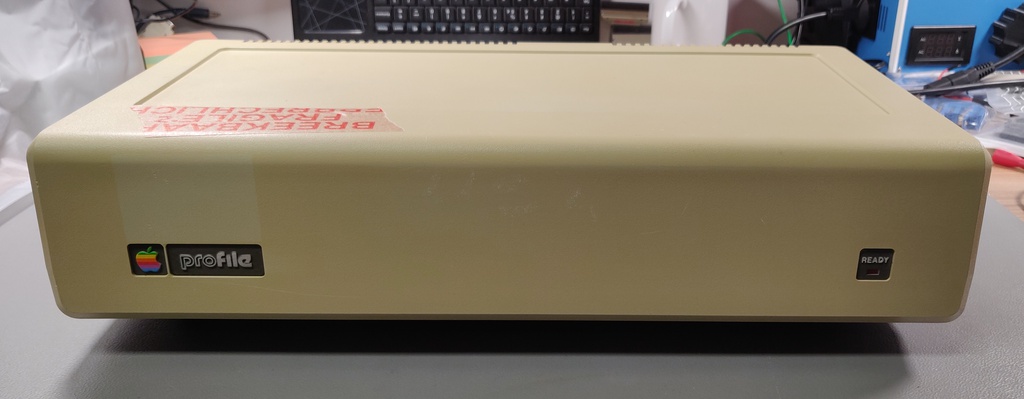

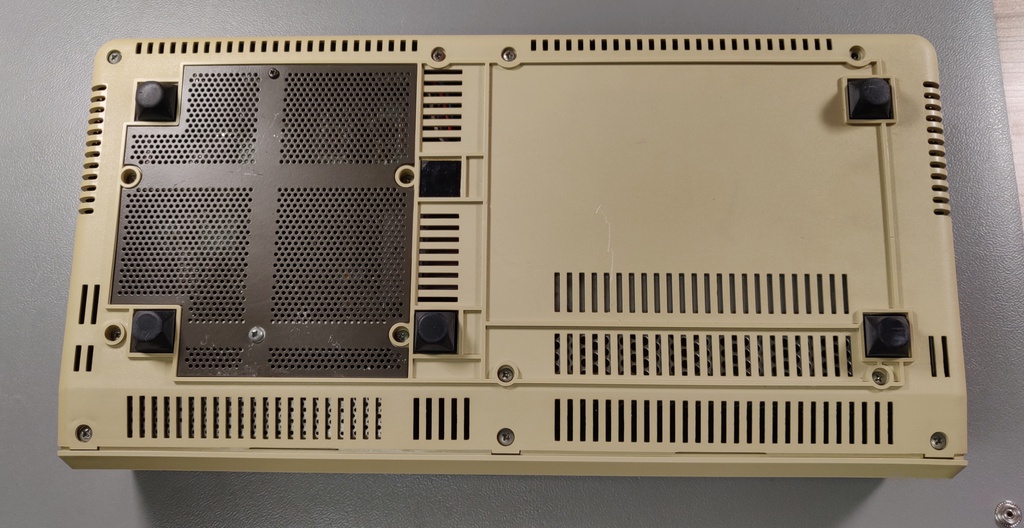
Here is the controller inside the enclosure:
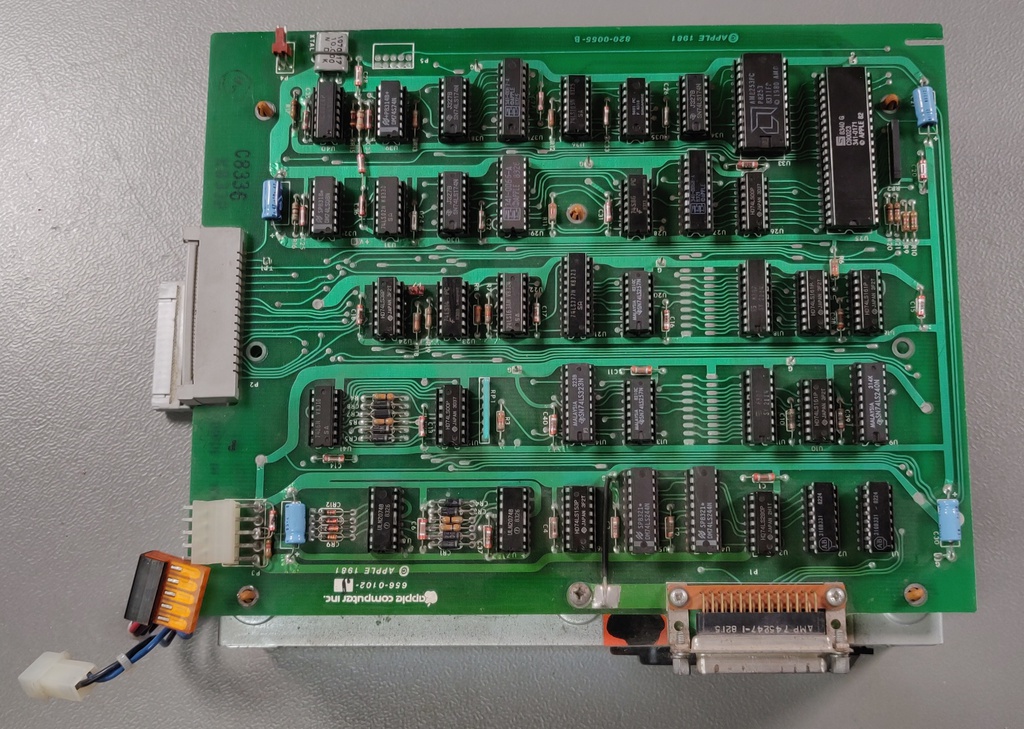
And the hard drive, which has a custom Apple board, making it very hard to replace:
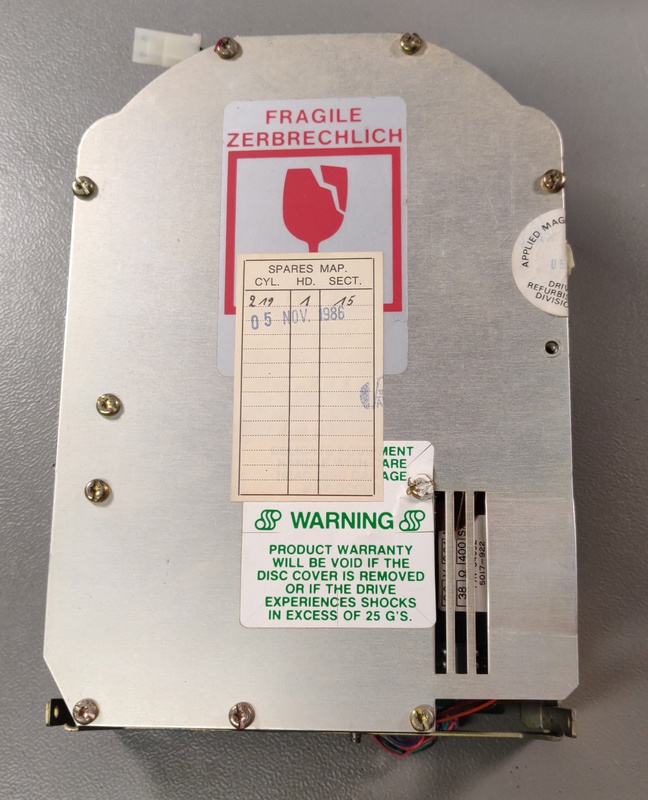
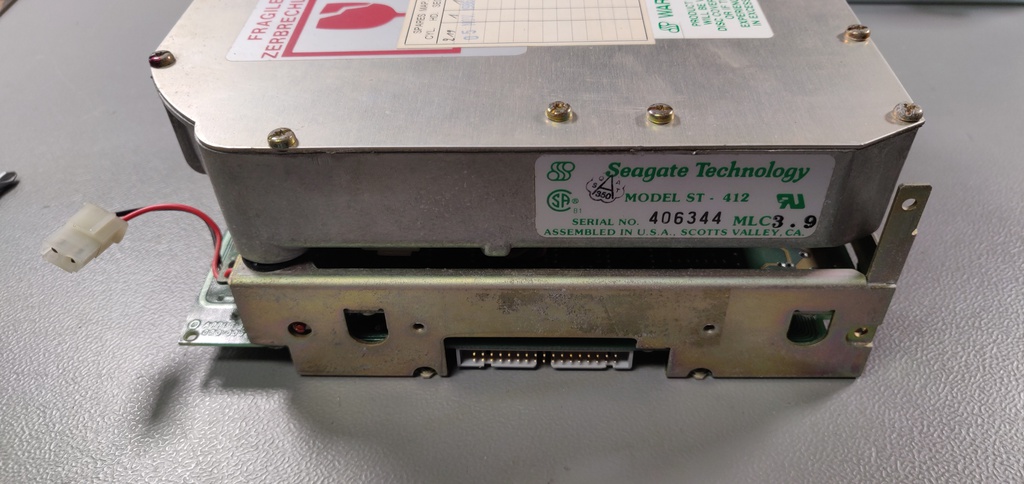
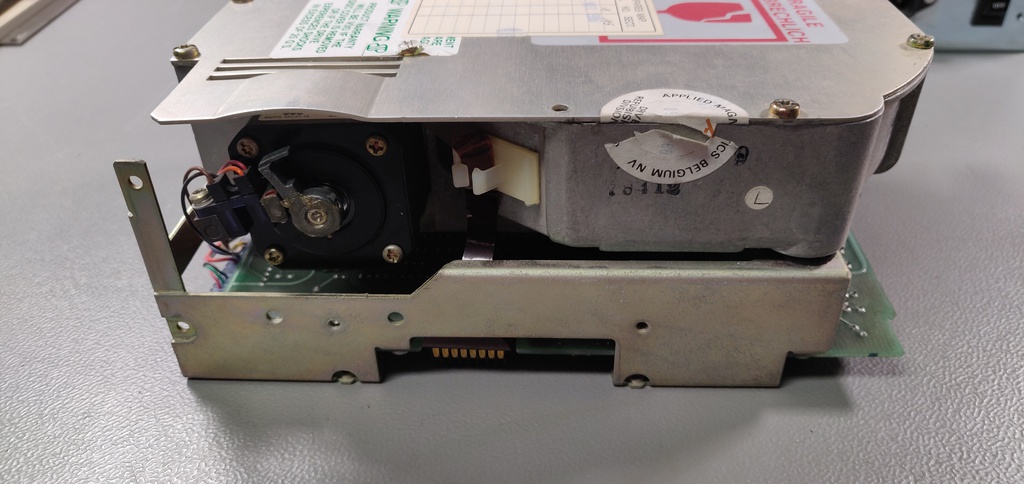
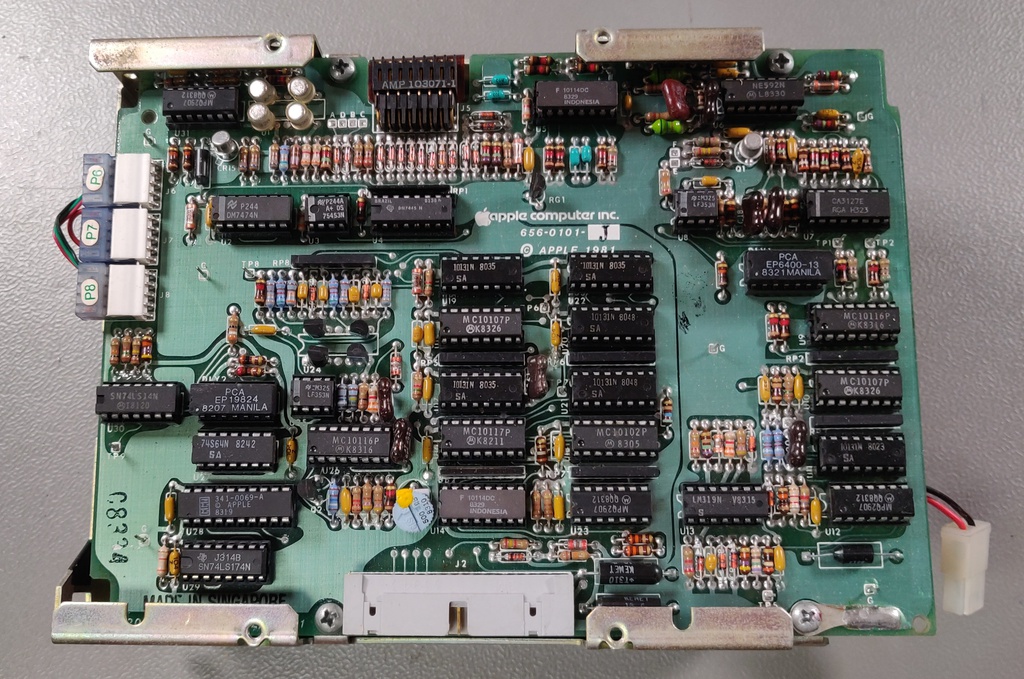
Keyboard:
The keyboard is of the 'foam and foil' type, which almost always means that foam has degraded and the keyboard no longer functions, which is the case here as well:


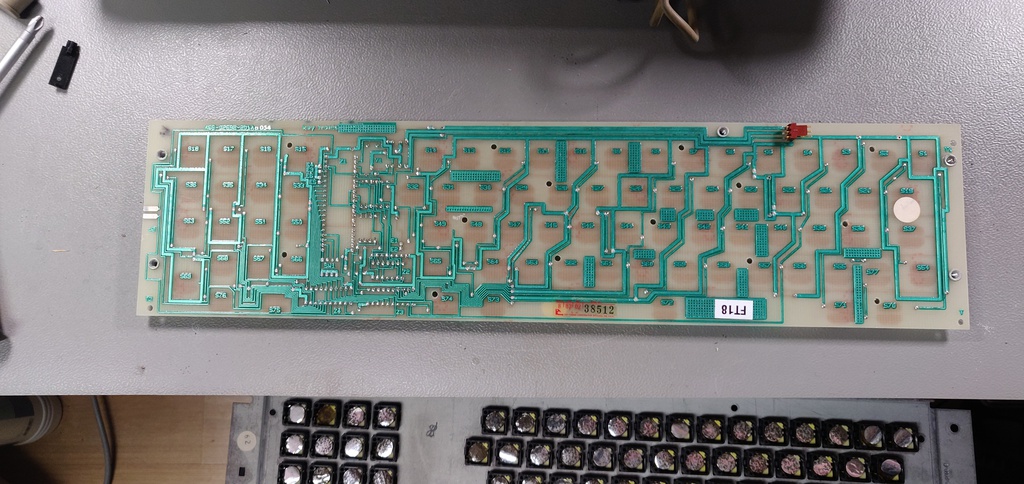
Keyboard adapter
As a temporary workaround, I built a USB to Lisa keyboard adapter, so I'm able to operate the computer in the meantime.
I soldered an Arduino Pro Mini and an Arduino USB host shield together and based the software on the excellent LisaKeys project by RebeccaRGB.

